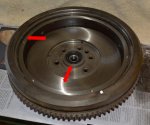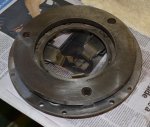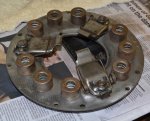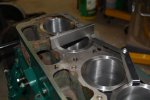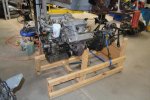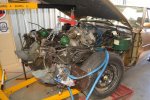Roger, All I had was the bare head, manifold etc. The tappets and the shafts came from a head that was subsequently fitted to Shanes Blue 64 ID. The push rods were always separated from the head and may or may not be the correct ones! No guarantees!
I've never needed to rebuild a Citroen motor. ... so this is all new too me. When I used your head it was just dropped off at the local machine shop to pressure test/check/etc....
The motor in that blue car probably hasn't even done 10,000kms since it was rebuilt (by Mike Jolly ... the peugeot guy just before he shifted away). The cars sits on 70mph even up the steepest parts of the Pentlands coming back to ballarat. there's no liner lips and you can still see the heavy machining marks are on the bores from when it was rebuilt.
The weird bit is the ugly pink car goes the a lot better than this oen
seeya,
Shane L.

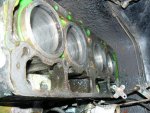
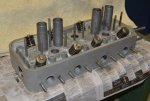

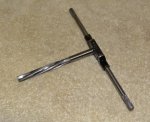
 Brendan.
Brendan.